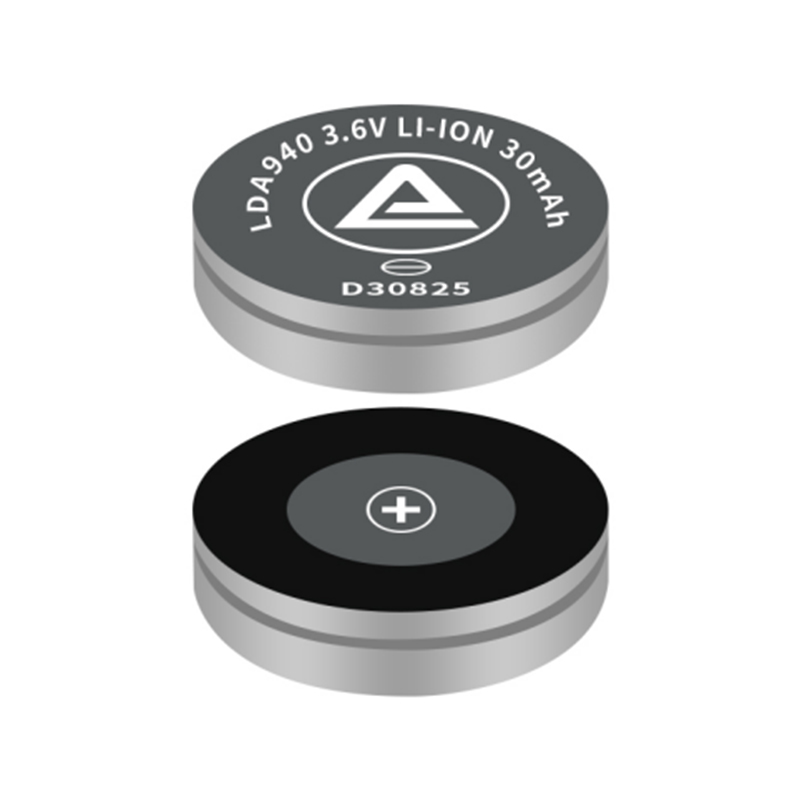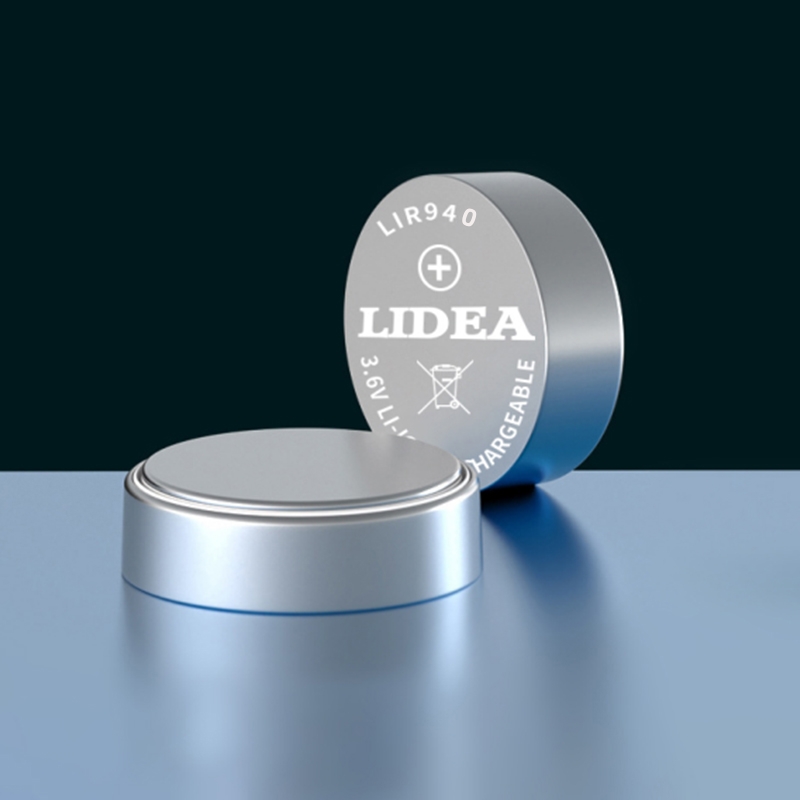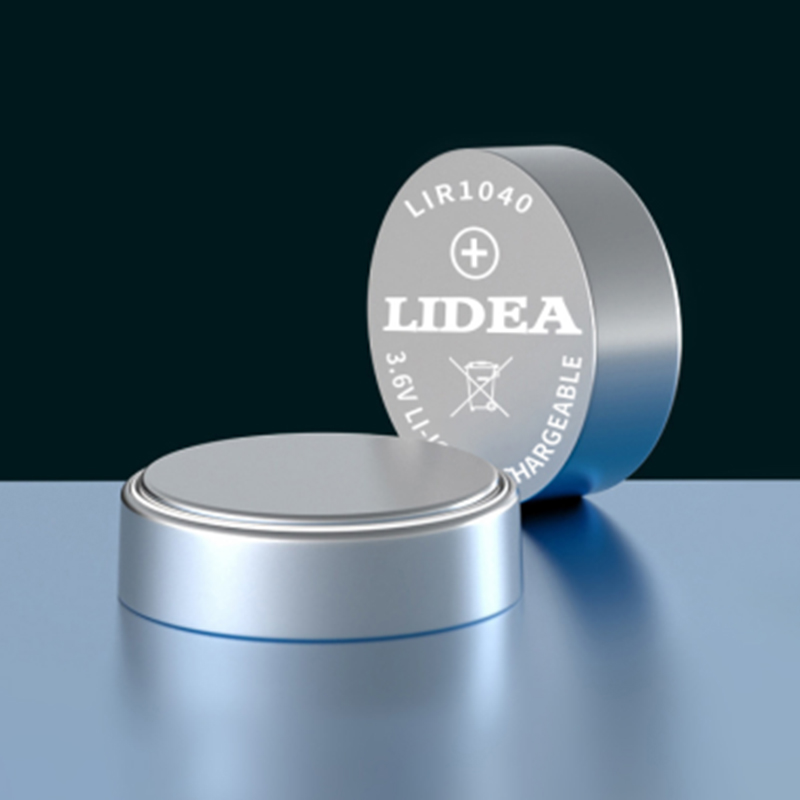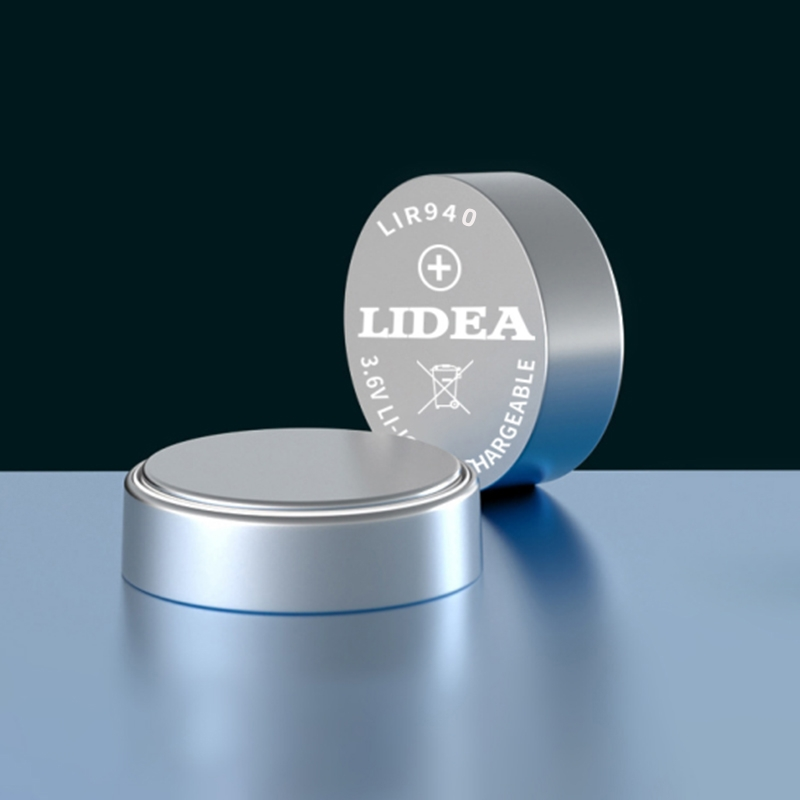News
-

How does the sealing process of a hearing aid battery prevent leakage and damage to the hearing aid?
The sealing process of the hearing aid battery is the core component to prevent leakage and damage to the hearing aid. Its design must take into account both the stability of the chemical reaction and the reliability of the mechanical structure.
Learn More2025-12-18 -

What factors affect the number of charge/discharge cycles of the Bluetooth headset button battery?
From materials science to user behavior, the number of cycles a Bluetooth headset button battery can withstand is the result of multiple factors.
Learn More2025-12-17 -

How well do OWS headset batteries protect against short circuits in humid environments?
The short-circuit protection capability of OWS headset batteries in normal humid environments is already quite reliable, thanks to the synergistic effect of material advancements, precision sealing, and system-level protection.
Learn More2025-12-11 -

How do hearing aid batteries rekindle hope for the deaf?
In this bridge-building process between silence and sound, the seemingly insignificant hearing aid battery plays a crucial role—it is not only a source of energy but also the key to rekindling hope for the deaf.
Learn More2025-12-10 -

Will the performance of hearing aid batteries significantly degrade in high-temperature or humid environments?
Hearing aids, as crucial tools for assisting hearing, rely on reliable power for stable operation.
Learn More2025-12-04 -

How can the capacity of a Bluetooth headset button battery be matched with the headset's power consumption to achieve a reasonable single-use duration and charging frequency?
With true wireless Bluetooth earbuds increasingly becoming standard equipment for daily commutes, exercise, and office work, battery life has become one of the core factors affecting user experience.
Learn More2025-12-03

